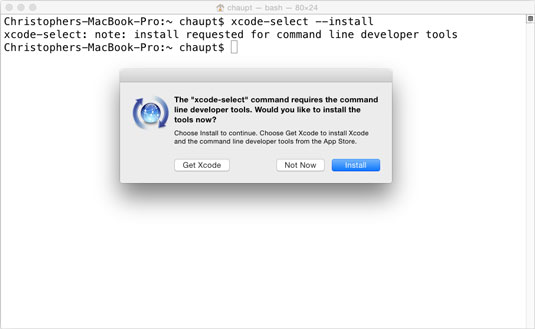
RUBY INSTALL FOR MAC INSTALL
Now that you have the Terminal running, let’s install some prerequisites we’ll need for Ruby. The command line interface on macOS is very similar, and the concepts in that tutorial are directly applicable. If you’d like to get comfortable using the command line, take a look at An Introduction to the Linux Terminal. Alternatively, you can use Spotlight by holding down the COMMAND key and pressing SPACE to find Terminal by typing it out in the box that appears. From here, double-click the Terminal application to open it up. Like any other application, you can find it by going into Finder, navigating to the Applications folder, and then into the Utilities folder. To access the command line interface, you’ll use the Terminal application provided by macOS. The command line, also known as a shell, lets you automate many tasks you do on your computer daily, and is an essential tool for software developers. Instead of clicking buttons with your mouse, you’ll type commands as text and receive text-based feedback. The command line is a non-graphical way to interact with your computer. You’ll use the command line to install Ruby and run various commands related to developing Ruby applications. You will need a macOS computer running El Capitan or higher with administrative access and an internet connection. In this tutorial, you’ll set up a Ruby programming environment on your local macOS machine using Homebrew, and you’ll test your environment out by writing a simple Ruby program. You may run into compatibility issues when following tutorials or attempting to use other projects if you use it. Ruby is already included in a default macOS installation, although it won’t be the most recent version. It’s a great choice for beginners and experienced developers alike.

Ruby is designed to be easy to use and fun for beginners, but powerful enough to create complex systems.


It was first released in Japan in 1993, but gained popularity in 2005 as a language for server-side web development. Ruby is a dynamic programming language you can use to write anything from simple scripts to games and web applications.


 0 kommentar(er)
0 kommentar(er)
